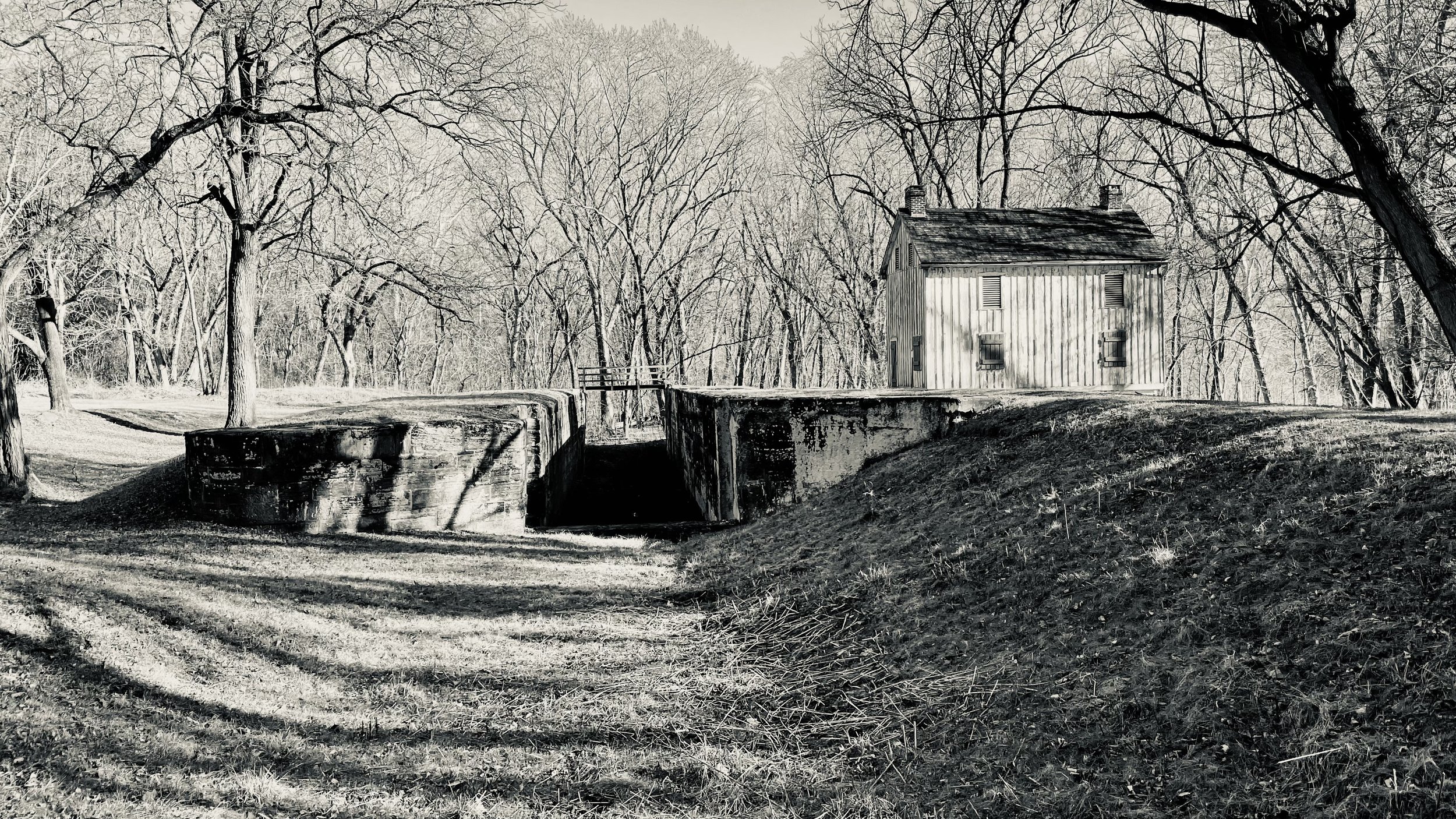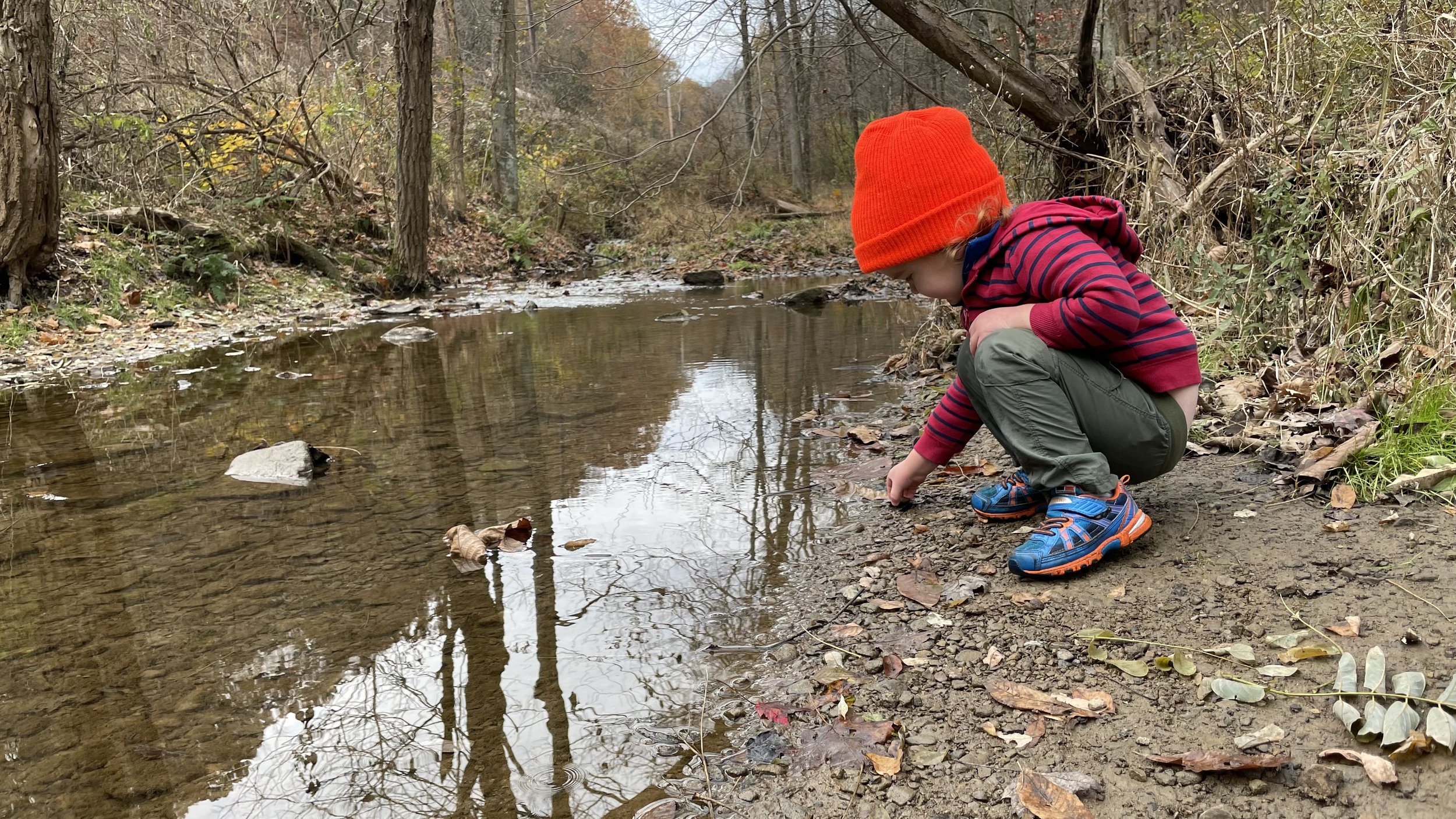Slightly jealous
I spent probably far too many visits to the general area of the Pike Place Market over the past week in Seattle. But it’s a really impressive space.
One of the things that struck me is its longevity and how it survived numerous challenges where sections of it may have been torn down or redeveloped.
It made me somewhat jealous of what Seattle has and what we’re not accomplishing in Pittsburgh’s strip district, which while it has many awesome attribute, it could be great. Sure the Terminal Building was largely saved (I really can’t imagine what it would be like 1/3rd shorter), it’s becoming a bland corporate destination rather than a more organic, quasi public space. We really need to do better here.



































